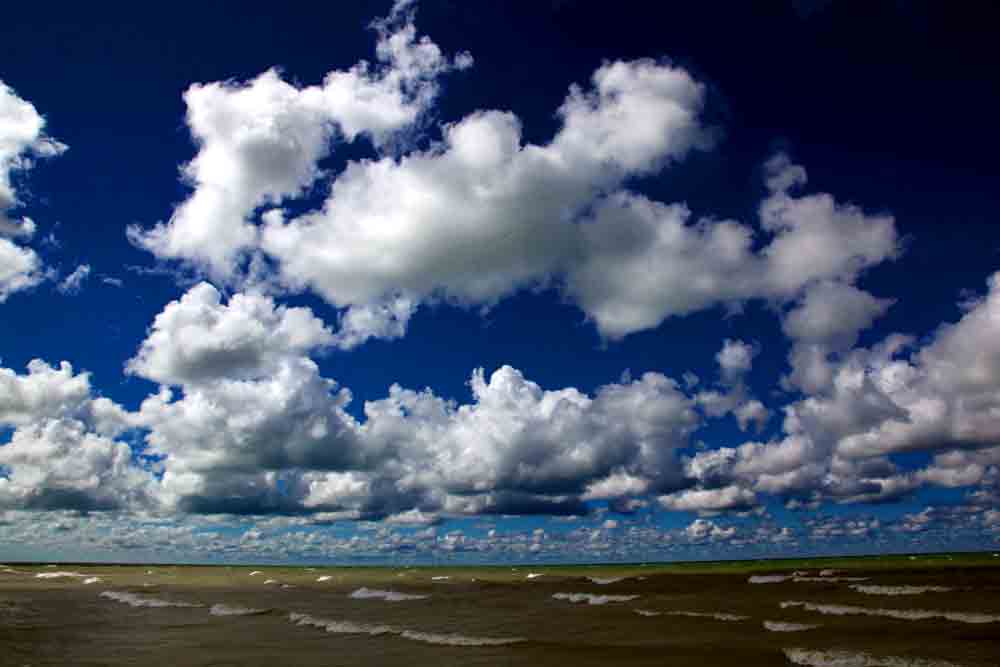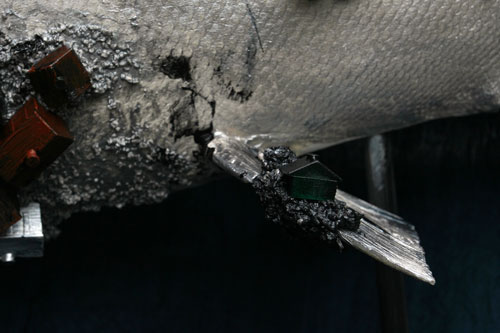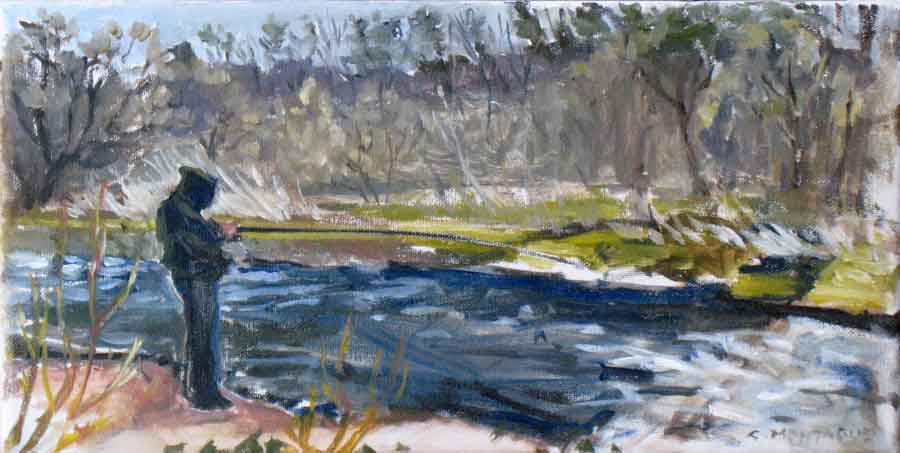 Have you been to Lake Huron? A stunningly beautiful, dramatic, (and sometimes dangerous) body of water, where any hint of land on the horizon is a mirage.
Have you been to Lake Huron? A stunningly beautiful, dramatic, (and sometimes dangerous) body of water, where any hint of land on the horizon is a mirage.
It is the third largest fresh water lake on our planet and the second largest of the Great Lakes. According to a The Beach DJ, empty Lake Huron and all of North America would be in 1.5 meters, or about 5 feet, of water.
One look at the expanse of Huron's turquoise waters, not to mention its white sandy beaches (the wilder ones) , transports me someplace otherworldy, and oceanside.
Lake Huron is a marvel.
This past February, water levels hit a record low, for a number of reasons. The natural cycle of the lake level is a cause, but so also is the dredging done to deepen the shipping channel in the St. Clair River. The dredging has caused the flow of water from Lake Huron and Lake Michigan to accelerate into Lake Erie and Ontario, and to the Atlantic Ocean beyond.
The impact? Very simplified: fish population dwindles affecting fish populations, wildlife food chain, sport fishing and fisheries. Water warms up, algae grows. Water lowers affecting water supply to residents, particularly of Georgian Bay.
Finally, in April, a long-awaited solution was announced. Like anything in life, we take a long time wrecking something, it will take a long time to fix. It is all better explained here. http://www.thestar.com/news/gta/2013/04/29/great_lakes_to_get_relief_from_low_water_levels_porter.html
Wishing us all, blue skies and more turquoise water ahead.






